Child abduction is the biggest nightmare of every parent. It can happen anywhere – in your front yard or the school, at the local park, or in a place of business. For a moment, imagine that you are shopping at your go-to department store, just about a mile from your home. And you suddenly realize that you have misplaced your child. You search the aisles, ask someone to page your child, and even check your car, but you can’t find your youngster anywhere.
You are not alone.
In the United States of America, it is estimated that every day 2,300 children go missing.
The National Incidence Studies of Missing, Abducted, Runaway, and Throwaway Children (NISMART) program identifies five incidents that can cause children to become missing. These categories are as follows:
- Justifiable causes (i.e., misunderstandings)
- Lost/lost track of/thrown away
- Abduction by the family member
- Those who are missing, stranded or injured
- Abduction by an unknown person
Table of Contents
Lost/Lost Track of / Thrown Away:
In 1999, more than 1.5 million kids ran away or were abandoned. When a child under the age of 14 spends the night away from home without permission, it is considered a runaway case. If an older child has been missing for at least two nights, it is deemed a runaway. Cases of “throwing away” occur when an adult in the home orders a child to leave without making other arrangements for their care and then forbid the child from returning.
When kids leave home, why do they do it?
- Nearly half of Americans report problems at home.
- 14% attribute it to social pressure from peers.
- 5% due to substance abuse.
- As much as 4% of cases can be traced back to some form of physical mistreatment.
Family/Parental Abduction:
The abduction of children by their parents is the most common type of child trafficking (200,000 in 2010 alone). It frequently happens when the parents decide to live apart or when they start the divorce process. To gain an advantage in child-custody proceedings or out of fear of losing custody in such proceedings, One parent may take the kid away from the other or keep them for themselves. Or they may refuse to give the child back at the end of an access visit; a parent may run away with the child to avoid access visits or out of fear of domestic violence and abuse. The majority of cases involving the kidnapping of a parent are resolved relatively quickly.
From the perspective of the abducted child, parental kidnapping has been labeled as a form of child abuse.
Abductions by Strangers:
Generally, stranger kidnapping is more common among women than men and typically occurs outside.
Targeting both adolescents and younger children, and often accompanied by sexual assault in the case of girls and robbery in the case of boys (though not always).
It’s estimated that just approximately one out of every 10,000 missing children reported to police is never located. However, around 20% of children reported missing to the National Center for Missing and Exploited Children as victims of nonfamily abductions are never found.
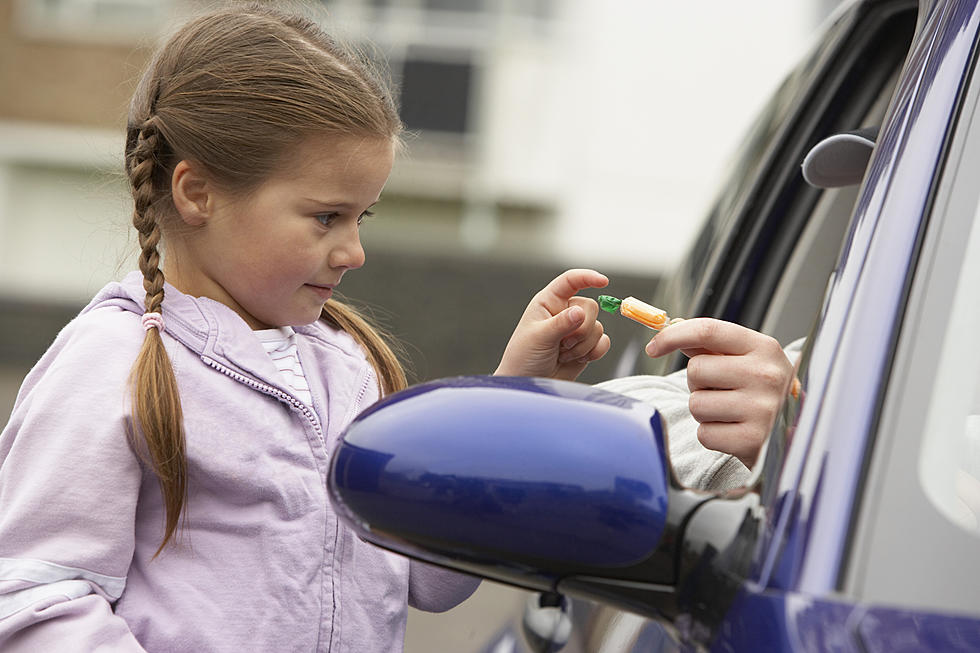
Eighty percent of child abductions by strangers happen within a quarter-mile radius of the child’s house.
Typically, would-be kidnappers will either approach their victims directly on the street or attempt to coax them into their cars.
74% of victims of child abduction by strangers are female.
Quick action is required as 74% of kidnapped children whose murders are solved within three hours of their abduction.
Most people’s closest relationships and most important responsibilities are with their children. The need to watch out for them comes naturally and must be fulfilled. In addition, there are compelling options available in today’s technological landscape for enhancing the scope of your parental safety net.
How Does GPS Monitoring Assist With Children’s Safety and Protection?
Dedicated GPS monitoring gadgets offer many of the same safety features as a child’s smartphone when they are too young to use one independently. You and your child can feel safer and more secure when you use GPS tracking to keep tabs on them.
If you have children with special needs then you have to put some extra care on them. You want to give your child the best of what the world offers. But what’s most important is the safety of the child. So here are the best GPS trackers for children with special needs.
As a parent, you may benefit from GPS tracking in a wide variety of ways, including the following:
- Tracking your kid’s whereabouts on the way to and from school
- Monitoring kids who have extra requirements
- Keeping tabs on your kid while they play in the yard
- Keeping tabs on them when traveling
- Relaxation knowing they are safe in the hands of others
- Reducing the risk of abductions
- Contingency in case of emergency
Factors to Think About Using GPS Tracking
However, you should be aware of several caveats to monitoring your kid via GPS. Let’s look at each one, beginning with the need for connectivity and moving on to size, features, usefulness, convenience, and safety considerations.
Connectivity
Keep in mind that live GPS tracking can only operate with networks. First, GPS systems need a clear sky view to connect with numerous GPS satellites at once for real-time positions.
As an added cost, users must connect to communication networks (such as mobile/cellular or WiFi networks) to share their whereabouts, which can be costly. The trackers, meanwhile, need to be in radio contact with these systems. Service providers and their feature sets might affect the monthly cost of subscriptions.
Size
The actual size of a GPS device is determined mainly by its battery life. However, GPS technology is relatively compact (about the size of a fingernail when combined with its electronics and antenna).
Therefore, if you desire a bigger battery life and less frequent charges, you should choose a larger significant gadget. We’ve curated a list of GPS trackers with the longest battery life.
Features
Some features that may be great to have (beyond just simple tracking) benefit parents and children when used as safety devices for children. However, GPS systems are developed for very particular reasons. GPS trackers contain an SOS button to inform parents in case of an emergency, frequently through two-way calling, which is a feature that many parents greatly appreciate. Pressing a button to make a call is an additional safety net in a crisis.
Convenience
Kid-friendly GPS trackers should also be compact and simple to carry anywhere. The tracker should be small enough to slip into a pocket, bag, or purse, worn as a necklace, or clipped to a hem or belt loop without drawing attention. The GPS tracker is useless if your youngster isn’t carrying it, so make sure it’s not easily misplaced.
Security
The risks of any technology, including GPS trackers, have been highlighted in recent news articles. If your data is online, who else may view it? All networked devices and systems are vulnerable to data breaches or hacking of real-time data streams. Consumers can do little on their own to prevent data breaches.
It is nevertheless in their best interest to be knowledgeable about the security measures taken by the businesses they employ.
Exploring the Pros and Cons of GPS Tracking for Children
A GPS tracker, such as the Pocket Tracker, may give your youngster a sense of freedom while also reassuring you that they are safe. You can allow your child to become independent without jeopardizing your peace of mind by letting them go to places you know are secure. At the same time, you are constantly aware of their whereabouts.
In addition to secretly monitoring your kids without their knowing what a tracker is or what it means, you may also opt to be transparent with them about the tracker’s use and its positive effects on everyone involved.
Why choose Family1st portable GPS Tracker for the safety of your child?

The Family1st GPS Tracker is a great way to ensure your children’s safety. The youngsters can go anywhere they need to and contact their parents whenever possible. Parents don’t have to rearrange their schedules to take their kids to the park, the learning center, etc.
Family1st monitoring devices are regarded as the finest on the market because the company includes cutting-edge features like an SOS button and Geofencing. The Family1st portable GPS Tracker is an excellent option for keeping tabs on the whereabouts of your kids at a budget you can afford.
Family1st’s kid-friendly wearable GPS tracker is loaded with capabilities.
Features that stand out among the others include:
SOS Feature
Using this feature, the children can contact their parents when in need. That your kid is secure and sound at all times is guaranteed by this function.
Geofencing
You may create a safety net by dragging and dropping the pin. You’ll receive an immediate alert if your kid is outside the safe zone.
Long-lasting battery
The tracker has a battery life of over 14 days after a full charge.
Support for customers
The company’s customer service representatives are always on hand to provide the finest service in case any assistance is needed.
Easy to access location
With the push of a button, you can always find your kid using any personal device, such as a PC, tablet, laptop, or phone.
Portable
The Family1st GPS trackers are compact, convenient, and pleasant to carry.
All the capabilities mentioned above, plus the most advanced magnetic case on the market, ensure your child’s safety. You don’t need to be there with your children to protect them. Your youngster can now confidently and safely explore the world using the Family1st GPS tracker.
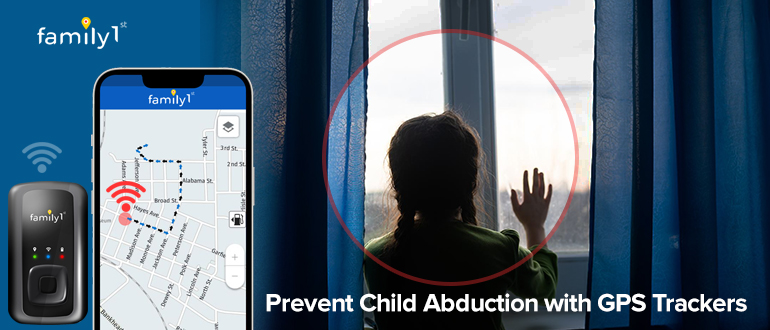




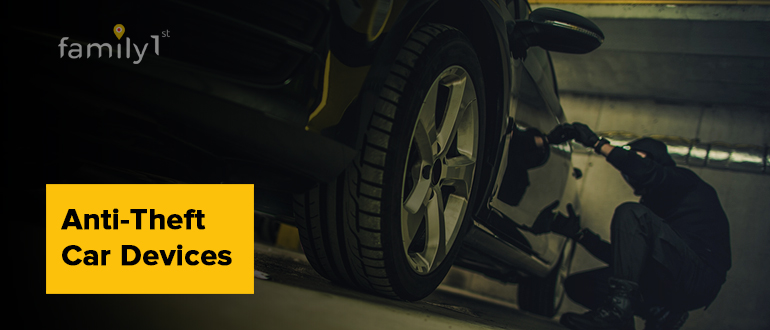
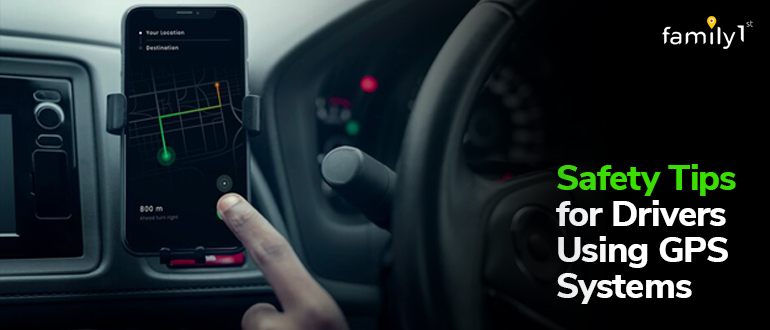
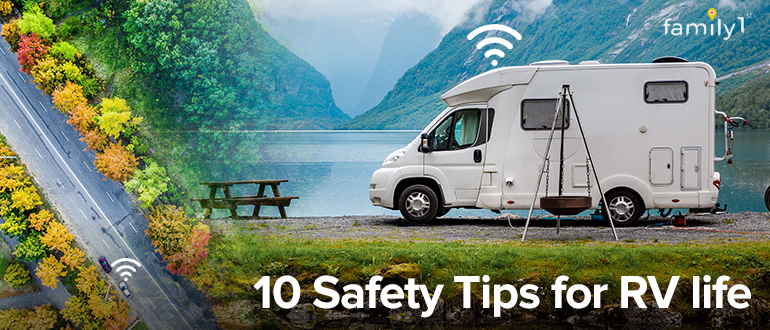



Next
Previous